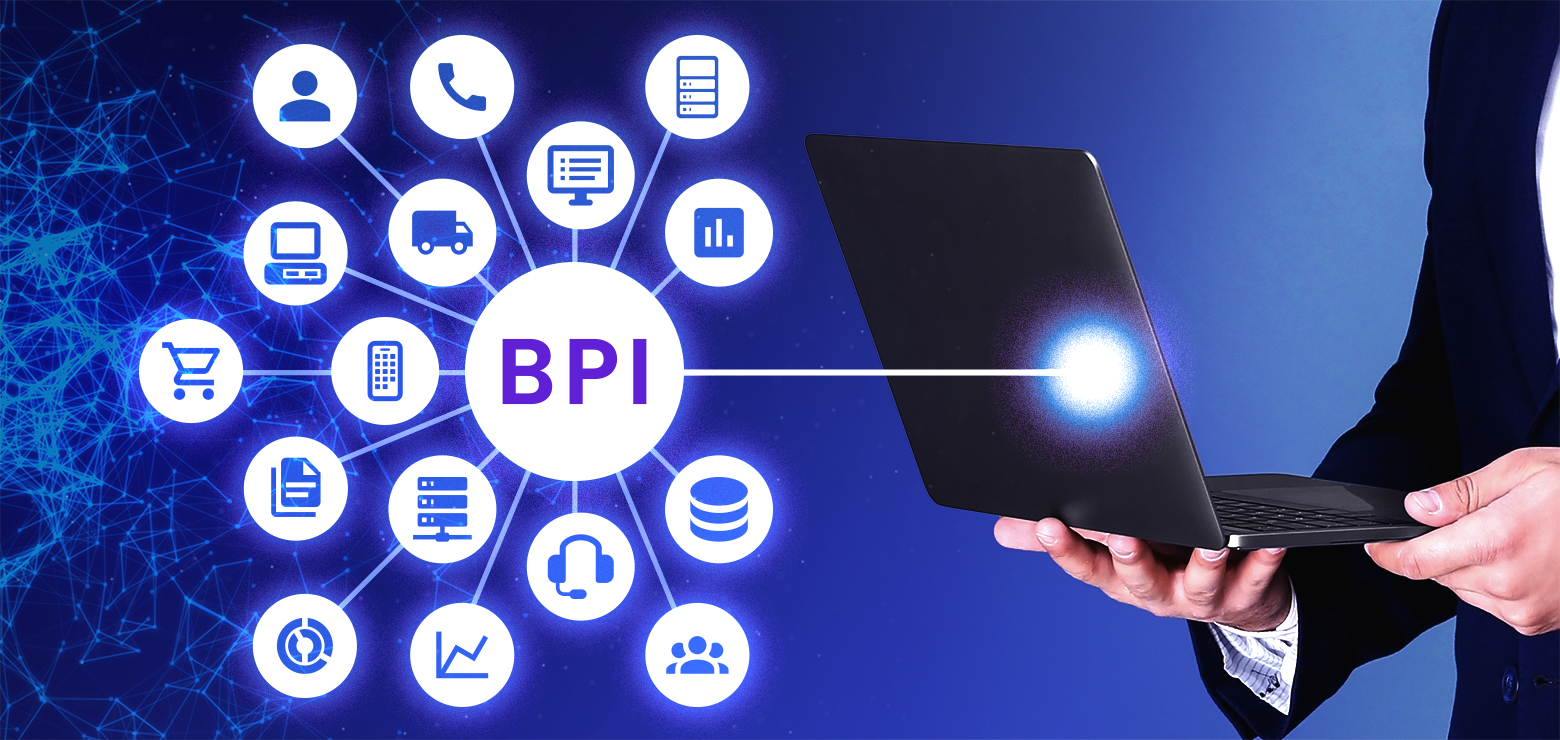The purpose of establishing business processes is to increase efficiency and eliminate roadblocks. But these processes can become roadblocks themselves when they demand a great deal of manual input or require the navigation of interoperability gaps and silos.
Business process integration (BPI) mitigates these issues by unifying and consolidating data, applications, processes and systems. The result is a centralized data repository accessible to all – one which offers organizations a single source of truth.
What is business process integration?
Business process integration is about connecting the data, applications, and people for a particular business workflow to achieve coordinated action and better results. Examples of business process integration include integrating and automating large business processes such as order-to-cash, lead-to-order, or procure-to-pay. It could also be smaller business processes such as purchase order automation, lead routing, or asset provisioning.
Types of business process integration
Vertical Integration
Vertical integration involves integrating business processes within the same vertical or function. For example, integrating various finance processes with forecasting, budgeting, procurement, and expense management.
Horizontal Integration
Horizontal integration refers to the integration of business processes across multiple functions. For example, integrating a lead-to-cash process that cuts across integrating applications from marketing, sales, finance, supply chain, and fulfillment.
Internal Integration
Internal integration is the integration of various business processes within an organization. For example, integrating processes across sales and marketing or across HR and IT to create better employee experiences.
External Integration
External integration is the process of integrating business processes with external customers, suppliers, and business partners. For example, EDI integration for smoother B2B transactions or CRM integration with business partners for easier opportunity management.
Benefits of business process integration
Business process integration (BPI) offers many benefits that can significantly enhance the efficiency and overall performance of an organization. Here are some key benefits:
Streamlined Operations
Integrating business processes eliminates redundancies and reduces manual efforts and errors, leading to increased efficiency.
Cost Efficiency
By integrating and automating business processes, you can save on operational costs and effective resource utilization, leading to reduced costs.
Comprehensive Insights
Integrating an end-to-end business process provides a holistic view of operations, enabling informed decision-making and easy identification of areas for improvement.
Better Customer Experiences
Integrated processes lead to fast response to customer issues and enhances customer satisfaction and loyalty.
How do you set up business process integration?
Starting business process integration needs a structured approach. Here are the steps to get started.
Define the objectives
Clearly define the objectives of integration and identify the specific processes and systems that you will begin with.
Assess current processes
Document existing processes to understand the workflow and bottlenecks. Identify all systems, applications, and data that need to be integrated.
Engage stakeholders
Engage a cross-functional team to gather insights and oversee the integration efforts. Ensure their concerns are addressed for an organization-wide impact of the integration effort.
Choose the right technology
Evaluate the right technology and the vendor that best fits your requirements.
Implement and scale
Start small, identify a specific process, and implement the solution. Once it meets the pre-defined KPIs for success, slowly start scaling to add bigger business processes.
Why choose Jitterbit for business process integration?
With years of experience in integration, Jitterbit has the expertise to expedite time to value, increase efficiency, and improve your ability to scale and adapt to new opportunities. Jitterbit’s Harmony iPaaS provides various out-of-the-box connectors, pre-built integration templates, and powerful API integration tools to connect applications and automate workflows while providing the following benefits:
Shorter Integration Times
Most of our customers are up and running with their first integration in less than 30 days. Perhaps the most important factor, however, is how quickly you can build additional integrations. Your business is adding new technology all the time; it’s not only about how quickly you develop your first integration but also how fast you can connect the next one. Jitterbit has a robust toolkit that shortens integration time and provides standardization of integrations and the reusability of code.
Simple Pre-Built Integration Templates
Harmony is simple, intuitive, and designed for the technical business analyst. The graphical “clicks not code” approach, pre-built connectors, recipes and templates, and modern cloud platform simplify the design, deployment, and management of integration projects.
Trusted Integration Experts
No matter how complex or straightforward your integration is, our team of experts is on hand to help you every step of the way. We’re #1 in overall ratings in G2 and have been in the Gartner Enterprise iPaaS Magic Quadrant nine years in a row.
Talk to a Business Process Integration Expert
From large-scale processes to smaller tasks, Jitterbit’s Harmony iPaaS platform offers the speed, simplicity, and reliability you need to fully integrate your business processes. Connect with a Jitterbit expert and take the first step toward a more efficient and successful business, or request a free demo of our iPaaS platform to get started now.



